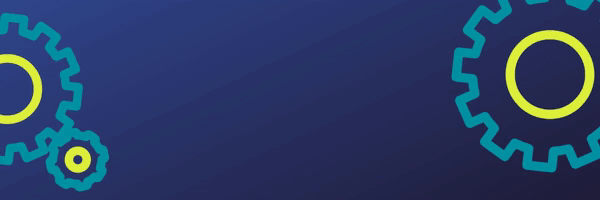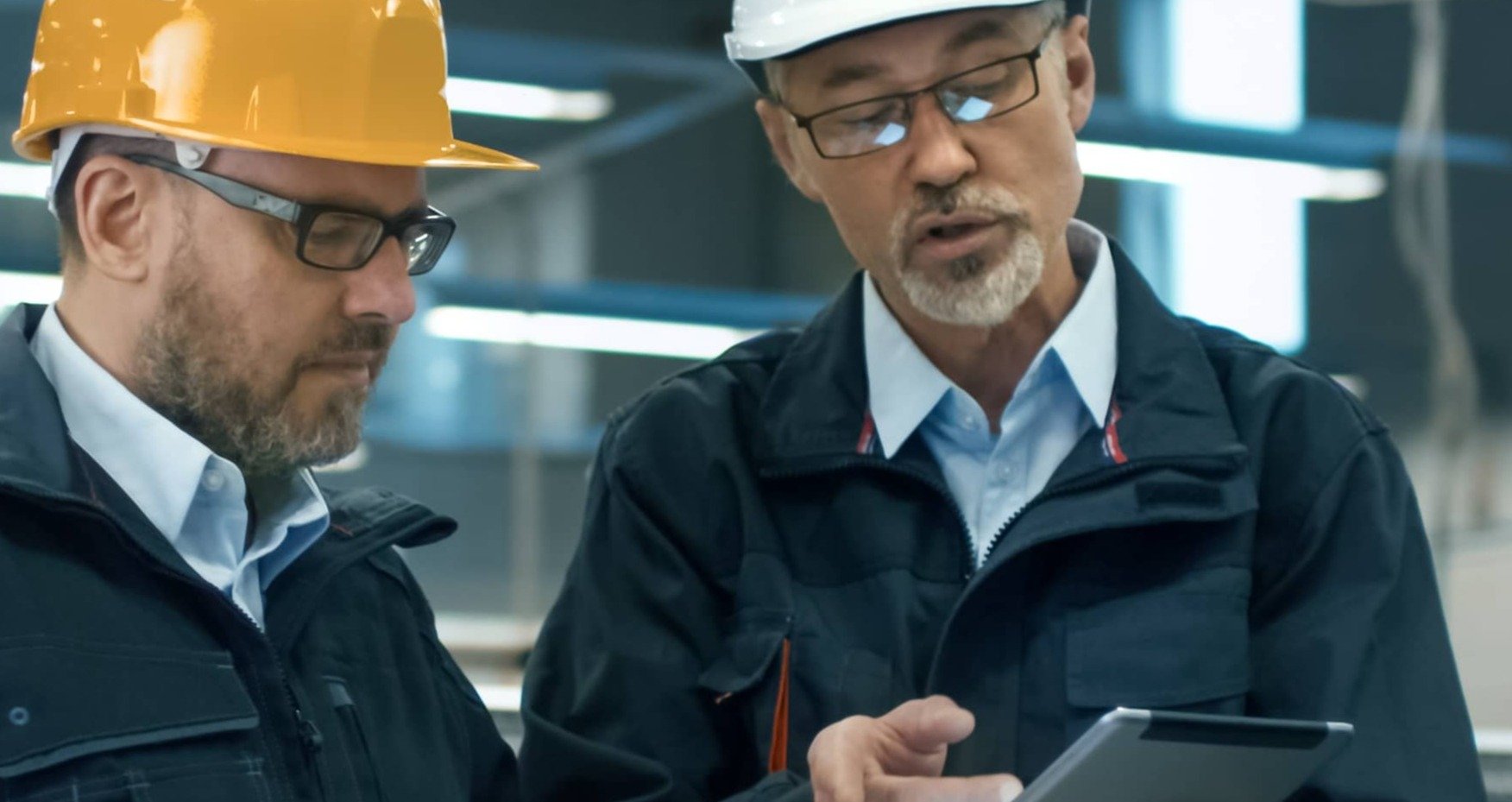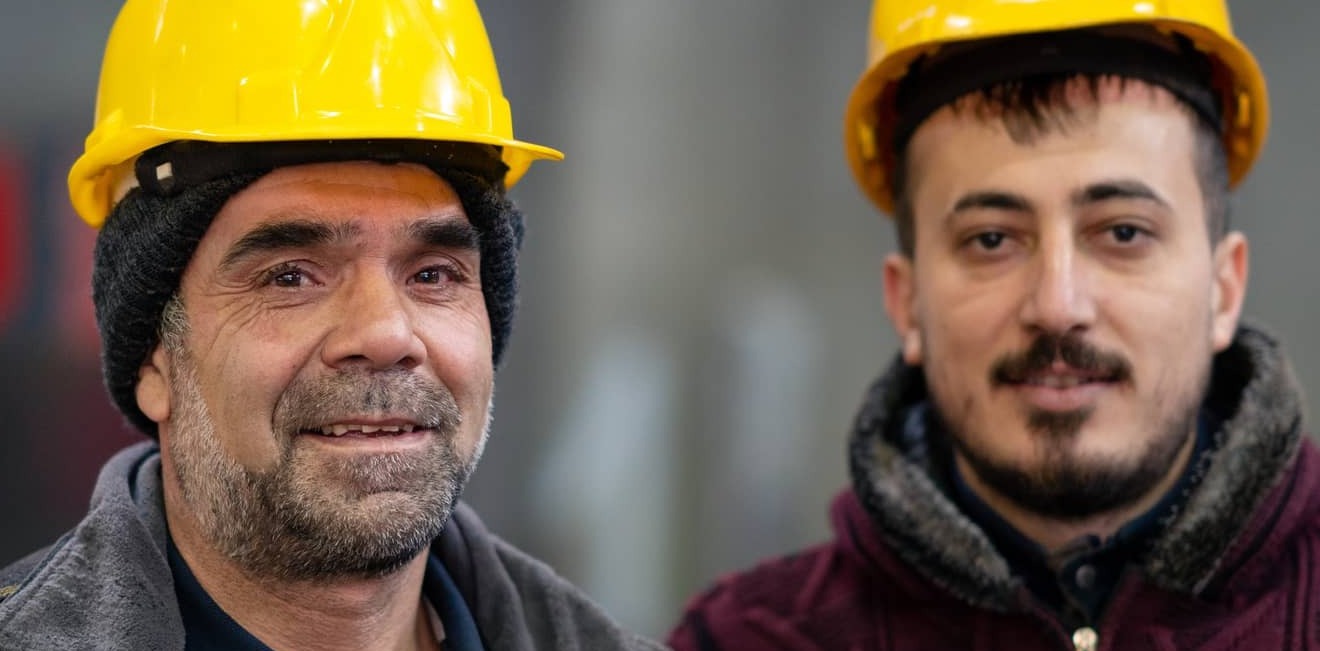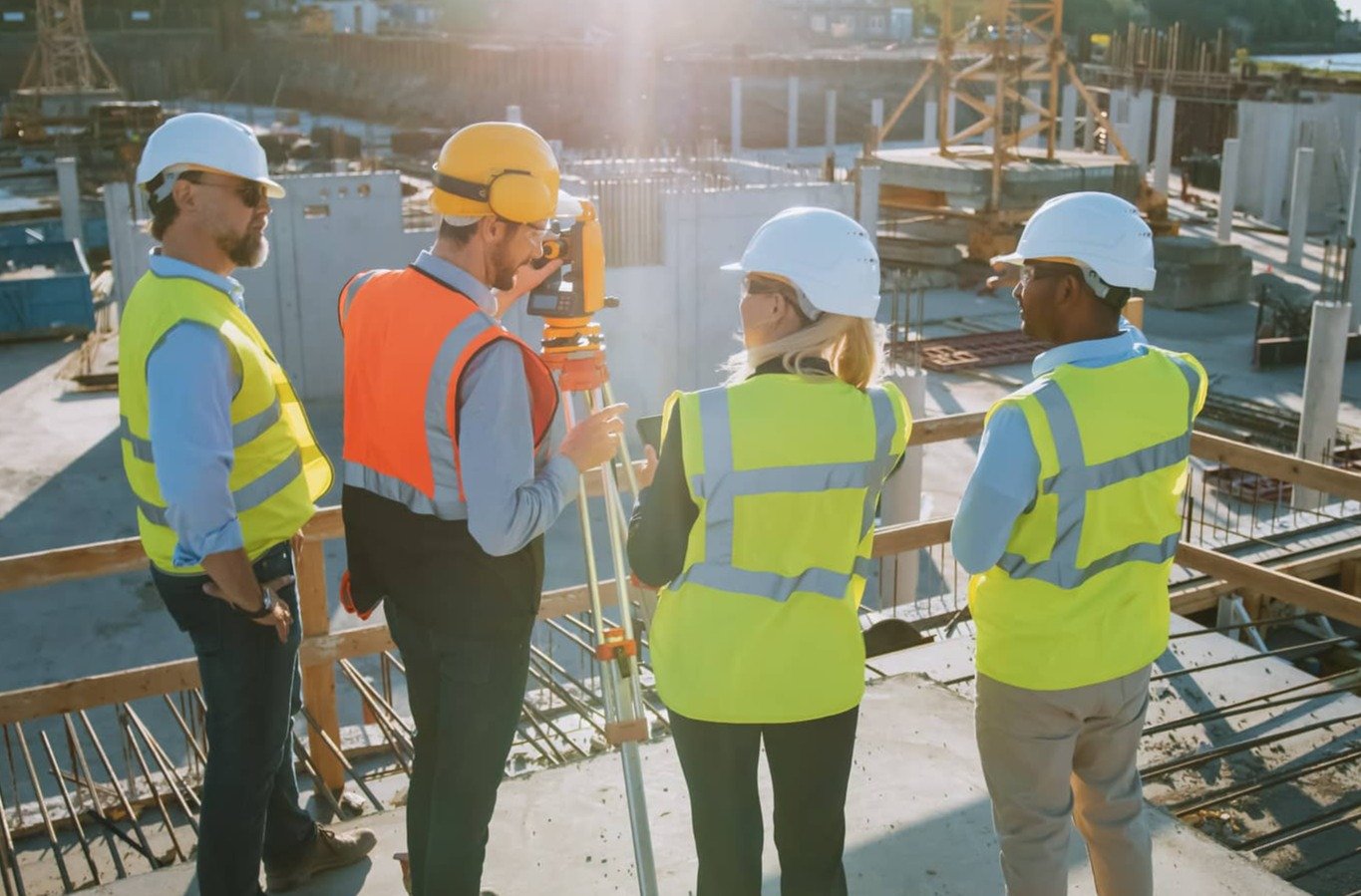In construction, nothing is more critical than people. How those people are dealt with comes down to your human resources department, and HR handles recruitment, payroll, employment policies, and benefits. They might also act as a go-between for employees and managers.
As the industry booms, there’s a gap between older, qualified, and skilled tradespeople retiring and younger workers entering the construction industry. Construction HR departments might need to pivot, or at least change the scope of their role, more towards talent development to attract a new generation.
As more work becomes available and you need to hire faster than you can fill roles, you need a proactive recruitment strategy and excellent team member management to scale with confidence.
The Problems Construction HR Departments Face
Keeping up with the expansion of the construction industry will challenge every business, big or small.
At the heart of your success will be highly-skilled temporary tradespeople who are qualified, well-informed of safety practices, and aware of contract terms, pay, benefits, and standard operating procedures.
That said, there are several problems your HR department might come across at the start of the hiring process through your employee life cycle.
Problem: It’s Harder to Recruit Skilled Workers
According to The Associated General Contractors of America, in a survey conducted on Coronavirus impacts in construction, 46% of contractors fear a shortage of skilled workers will impact future projects. But it’s not just the pandemic. Although the industry is booming, with year-on-year growth since the last recession, fewer younger people are interested in construction jobs.
With the technology sector rapidly expanding and showing no signs of slowing down, there is less emphasis on skills-based learning, such as carpentry, and less interest in jobs that many young people consider unattractive.
There’s little awareness around apprenticeships and trade certification programs because of a lack of forward-thinking and foresight in the industry.
Physical jobs aren’t as enticing to the younger generation, as detailed in this NAHB Economics and Housing Policy Group report. 48% of the younger people in this report want a less physically demanding career, and 32% felt that construction work would be too difficult. Where do these misconceptions come from, and how can they be addressed?
Dipping into the job-seekers market, companies find that older candidates are already employed, usually on high wages that match their skillset.
Solution: Diversify
The construction industry hasn’t been a beacon of diversity in the past. The changing landscape in 2020 and beyond has seen many contractors and companies make public commitments to stop racism, sexism, and a general lack of acceptance of others in the workplace.
More needs to be done, but a vital statistic is that just 11% of the construction workforce is black, 8% are women, and the average age is 40+.
HR recruitment strategies should include outreach to women and minorities, defining a clear path to success, and building awareness of skills education in communities. Another avenue to explore is hiring unconventional candidates. Data scientists and mathematicians might help at various stages of a project for operational roles and forward-thinking.
It’s also essential to stay up to date with technology– hiring and onboarding processes are more attractive if they’re online, including portals to apply, the ability to complete job documentation, read contracts, and check job status.
Problem: Drug Testing and Substance Abuse
According to a study by the Center for Drug Use and NYU, construction workers are most likely to use marijuana and cocaine recreationally and become addicted to opioids after injury.
As one of the largest sectors in the US, this is worrying for the construction industry. There are many hazards in the workplace, including falls, injuries from overexertion, and workers being struck or caught by heavy machinery.
Repetitive and strenuous work leads to workers searching for pain-relief medication and marijuana usage. Unstable work or missing work also correlates with drug usage.
Routine drug testing is necessary to overcome this obstacle to worker health, safety, and satisfaction on site.
Solution: Ensure Workplace Drug Policies are Clear
Nobody likes the drug testing process, but routine drug testing is standard and usually driven by federal laws, company contract stipulations, and more. It’s a tricky subject to navigate and must start at the top level.
Any worker being hired and onboarded should be aware of your testing policies and outcomes of results. Letting them know that randomized tests are routine may keep workers from turning to drugs, but addressing the reasons workers turn to substance abuse in the first place will curb a lot of stressful disputes happening in the first place.
Having a database and streamlining processes using management software could be beneficial and part of embracing technology.
You also need to consider that not all marijuana and opioid use is problematic–drug testing can’t tell the difference between recreational and medical use. But to ensure employees feel that you take their health seriously, support them by directing them to substance abuse resources if you see fit.
Problem: Employee Lawsuits
In the construction industry, drug use is high but might be medical purely because the work is very physical and taxing on the body. This could lead to lawsuits based on neglect. Other possible cases brought forward revolve around oversight and possibly naivety concerning safety standards, workplace injuries, and overtime disputes.
Lawsuits that could potentially damage your company’s reputation divert attention away from proper onboarding, which would help eliminate cases cropping up. Construction HR departments already have enough to deal with.
Solution: Stay on Top of Compliance
From the top-down, train your HR and management staff on the labor laws. This is an ongoing process as regulations often change, and you must be vigilant.
Properly trained workers who already know the laws and precautions to follow are essential assets. Make sure this is part of the onboarding and training process.
Proper health and safety training programs can lower the risk of dangerous accidents on worksites. Open communication between HR and employees facilitates proper protocols being followed around overtime and paid time off.
Problem: Outdated Systems
The construction sector has been slow to adopt technology-based systems for effective management and team member satisfaction.
It’s estimated that 90% of construction projects aren’t completed on time. Projects typically span months or years and involve a lot of moving parts. Common causes include inaccurate project estimates, unforeseen changes, administration errors, and lack of foresight onboarding skilled trades workers when needed.
Time off requests via email, employees needing to call HR to fill out documents stored in spreadsheets, and cumbersome processes involving paper forms are a few reasons construction companies are behind the curve.
Solution: Adopt and Embrace New Technology
People are your most valuable asset. They need to be engaged, and with technological advancements in just about every field, they want to be able to do as much as they can online, especially among the younger workforce.
Your job is to keep them informed, safe, and responsive. Paper is out, and spreadsheets are tired, highlighting the need to move to cloud-based communication and employee portals.
A third-party temp agency has all of these processes in place, taking the pressure off of you–or at least providing you with the resources to onboard workers, take them through training, and administer in-depth safety courses.
By embracing technological advancements, you’ll sleep easy knowing you’ve got an HR department sending workers who are site-ready.
Face Construction HR Problems Head-On
Many problems facing construction HR can be solved by implementing virtual technology, including employee portals and online forms.
It’s a big undertaking, and hiring a temp agency to ensure you’re getting the right people for your project is a possible solution.



